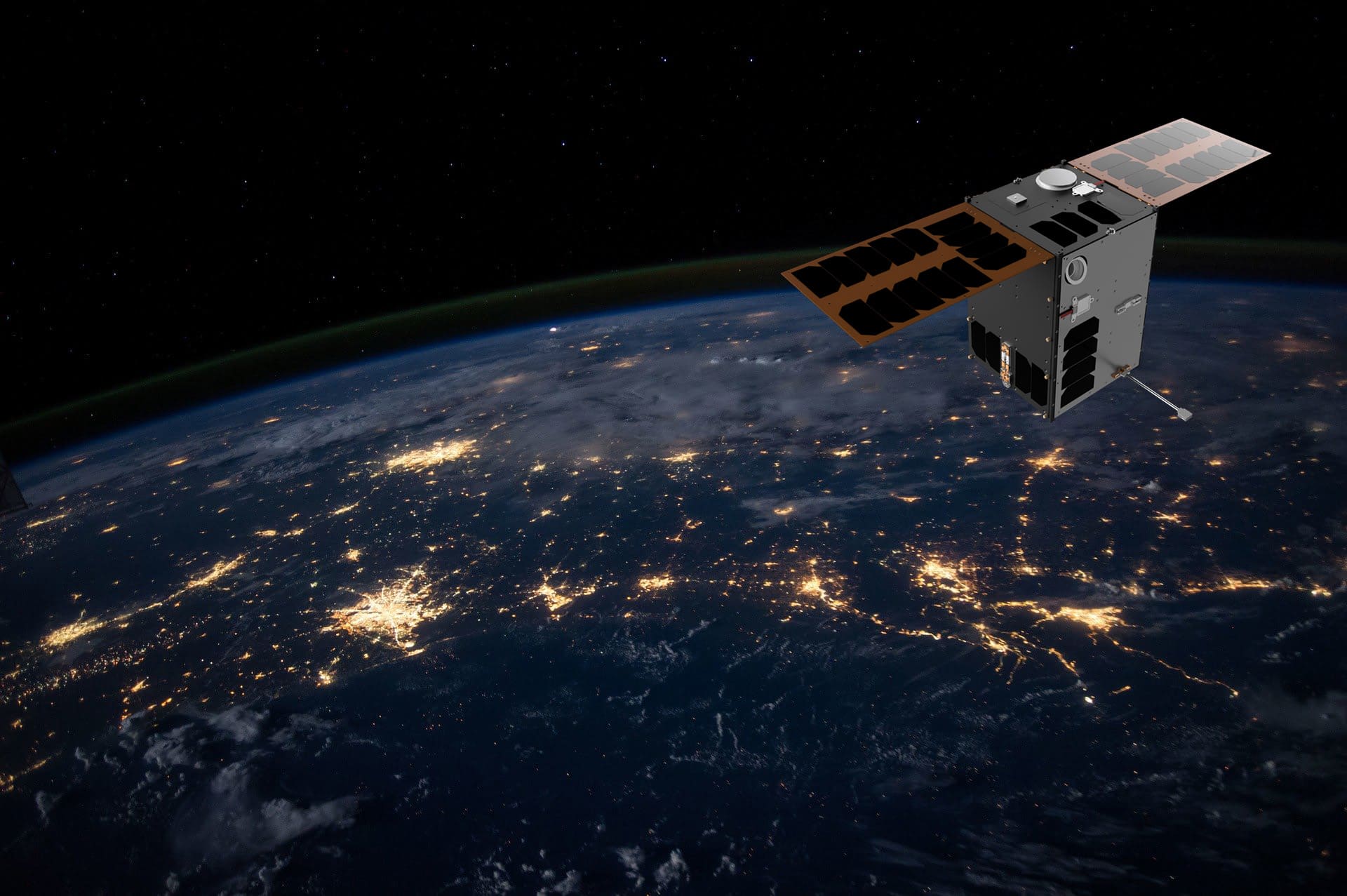
The nano star tracker actively serves as a compact, high-precision attitude determination sensor specifically designed for small satellites. By capturing star field images and comparing them with a preloaded star catalog, it enables satellites to determine their orientation with remarkable accuracy.
The core principle of the star tracker relies on celestial navigation. It employs a camera to actively capture images of the star field visible from the satellite’s current position. Next, it processes these images, identifying stars based on their positions and brightness. By matching the observed star field patterns with an onboard star catalog, the tracker calculates the satellite’s attitude—its spatial orientation relative to a fixed reference frame.

Optical System: This typically consists of lenses and a detector, such as a CMOS sensor, which actively captures star field images.
Star Catalog: A database containing star positions, carefully filtered from standard astronomical catalogs to meet mission requirements.
Processing Unit: This unit handles image processing, star identification, and attitude calculations. It operates efficiently to meet the power and size constraints of small satellites.
Compact High Precision: Despite their small size, these trackers deliver arc-second-level attitude determination accuracy comparable to larger, more expensive systems.
Low Power Consumption: Designed for power-constrained CubeSats, nano star trackers typically consume less than 1W, ensuring efficiency.
Plug-and-Play Integration: Many models seamlessly integrate without requiring additional hardware or software setup, simplifying mission design and reducing costs.
Cost-Effectiveness: By leveraging commercial off-the-shelf (COTS) components and optimized manufacturing processes, nano star trackers provide high performance at a lower cost.
Scientific Research: CubeSats equipped with star trackers maintain stable attitudes, enabling them to study cosmic phenomena or measure space environment variables.
Communication: Precise attitude control ensures antennas and transceivers align optimally with ground stations or other satellites, enhancing data transmission efficiency.
Constellation Missions: Star trackers enable satellites in constellations to maintain precise relative positioning, critical for synthetic aperture radar imaging or coordinated scientific observations.
Interplanetary Missions: For CubeSats venturing beyond Earth’s orbit, where reference points like Earth’s horizon are unavailable, star trackers provide essential orientation data.
Send us a message,we will answer your email shortly!